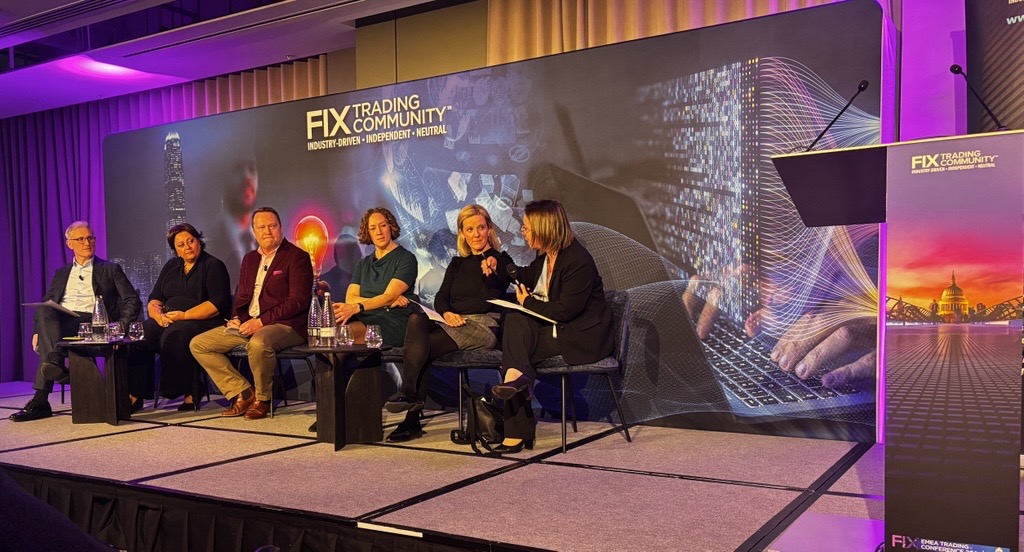What's Keeping You Up at Night? Key Takeaways from the EMEA Trading Conference 2025
The EMEA Trading Conference 2025 hosted an engaging fireside chat exploring the industry’s biggest concerns and challenges. This dynamic session, titled “What’s Keeping You Up at Night!”, brought together industry leaders to analyze insights from a recent survey of 50 major decision-makers in the trading sector.
With an interactive format, panelists tackled the most pressing issues, responding to two essential questions:
- So what? – Why do these issues matter?
- What should the industry be working on?
NextGen Initiative: Investing in the Future
The session kicked off with a look at the NextGen Initiative, designed to foster new talent within the FIX industry. A key highlight was the launch of a mentorship program connecting industry veterans with emerging professionals to ensure knowledge transfer and long-term industry growth. Attendees were encouraged to engage with the FIX NextGen Hub to explore mentorship opportunities and discuss ways to support the next generation of trading professionals.
Top Industry Concerns: What Keeps Market Participants Up at Night?
The survey results revealed the major concerns of market participants, with some recurring themes across different sectors.
1. Market Data Costs: A Persistent Challenge
- Market data costs remain a major burden, particularly for the buy-side, where 35% of respondents identified it as their top concern.
- The industry debate continues: Is the cost justified? Is it purely about pricing, or do transparency and accessibility play a larger role?
- Some argue that it’s not just the real-time data fees but also the increasing complexity of integrating multiple data feeds that is driving up costs.
- So what? High market data costs create barriers to entry and innovation, limiting competition and driving up overall trading costs.
- What’s next? The industry must explore ways to improve cost transparency and work towards standardizing access to critical data.
2. The Decline of Europe & UK vs. Global Markets
- Respondents expressed growing concerns about Europe and the UK losing ground to global competitors.
- Geopolitical uncertainty and regulatory fragmentation were cited as key deterrents for investment.
- While the US market continues to attract IPOs and capital, the UK and EU must focus on making their markets more competitive and attractive.
- So what? Without proactive measures, Europe and the UK risk losing liquidity, innovation, and long-term investor confidence.
- What’s next? European markets must enhance market infrastructure, reduce regulatory burdens, and improve transparency to remain globally competitive.
3. Addressable Liquidity & Transparency
- Addressable liquidity – the volume of liquidity available for active trading – is a growing concern in both equities and fixed income markets.
- The industry must rethink how liquidity is measured and reported to provide a clearer picture of actual market conditions.
- The introduction of a consolidated tape is seen as a critical step in improving transparency and market efficiency.
- So what? Without better transparency, traders struggle to find liquidity, increasing costs and inefficiencies.
- What’s next? Regulators and industry leaders must push for standardized reporting and greater visibility into off-exchange trading volumes.
Market Structure & Innovation: The Road Ahead
1. The Shift Toward Bilateral Trading
- The rise of bilateral liquidity solutions has changed how market participants access liquidity.
- While these solutions offer benefits, inconsistencies in transparency and execution standards remain a challenge.
- So what? Without proper oversight, bilateral trading could lead to market fragmentation and unequal access to liquidity.
- What’s next? The industry must balance innovation with clear regulatory frameworks to maintain fairness and efficiency.
2. Clearing & Settlement Efficiencies
- European settlement costs are 2-5 times higher than in the US, leading to inefficiencies.
- Interoperable clearing houses would help reduce costs and streamline post-trade processing.
- The push towards T+1 settlement is gaining traction as a way to enhance market efficiency.
- So what? High post-trade costs create unnecessary barriers for market participants.
- What’s next? The industry must push for better clearinghouse interoperability and settlement cost reductions.
3. Regulatory Reforms & Market Growth
- The panelists discussed what regulators should focus on, based on the survey responses:
– 24% want regulators to boost market performance.
– 24% call for deregulation to foster innovation.
– 9% demand greater transparency.
– 22% want lower costs and simplified rules.
– 15% advocate for stricter regulations to level the playing field.
- There was consensus that regulation should support growth, not stifle innovation.
- So what? Regulatory uncertainty creates hesitation among investors and firms.
- What’s next? A focus on market-friendly reforms will help attract global capital and ensure long-term market stability.
The Path Forward: Growing the Market
One of the most critical takeaways from the session was the need to grow the overall market pie rather than just redistributing existing liquidity. Key areas of focus include:
- Lowering costs for issuers and investors to attract more capital.
- Encouraging retail participation by making markets more accessible.
- Streamlining post-trade processes to reduce friction and inefficiencies.
- Leveraging technology and automation to enhance market operations.
Final Thoughts
The EMEA Trading Conference 2025 panel shed light on the industry’s most pressing concerns while fostering a proactive discussion on potential solutions. While challenges like market data costs, liquidity transparency, and regulatory pressures remain, the key takeaway was clear: collaboration, innovation, and regulatory clarity are essential to driving market growth.
As the industry moves forward, the focus should be on enhancing accessibility, improving market structure, and leveraging technology to create a more competitive and efficient trading environment.


